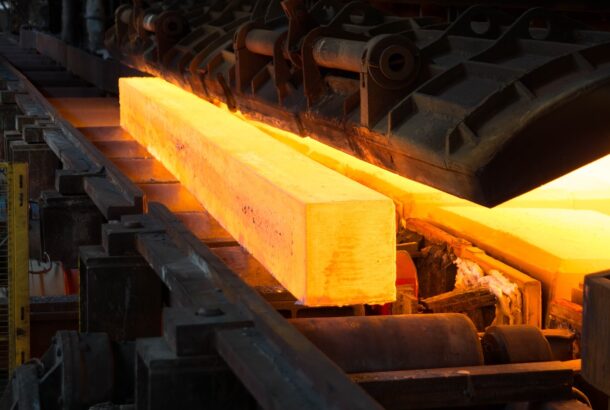A question of demand – hydrogen and renewable electricity for the EU steel and iron transition.
The steel industry is responsible for around 5% of CO2 emissions in the EU and the sector needs to cut carbon emissions by 55% by 2030 to align with climate targets. A new report based on an analysis of announced green steel projects from the Green Steel Tracker, shows that green steel could need 19% of the total EU policy target for domestic renewable hydrogen production. These projects when completed would represent about a third of the current EU steel production.
The report also shows that:
• The 19% of the total EU policy target for domestic renewable hydrogen production needed for green steel is equal to 1.7 million tonnes per annum (MPTA) by 2030 increasing to 1.9 MPTA by 2045.
• Renewable electricity demand for green iron and steel projects is likely to reach up to 135 terawatt hours per year – equivalent to the annual electricity consumption of a country the size of Sweden.
• A lack of transparency in company plans means the true figures could be even higher.
• The recycling of scrap combined with imports of hot briquetted iron would significantly reduce the demand for both renewable hydrogen and renewable electricity, but would also involve trade-offs, such as reduced self-sufficiency and impact on jobs.
The share of green steel project announcements in the EU speaks to the region’s leadership in the transition of the iron and steel industries. Most of these projects are planned to be online by 2030 – just five years away from today. Evaluating and planning the renewable electricity demand for the iron and steel sector with all stakeholders is essential to minimize delays.
Per Andersson
Head of Secretariat, LeadIT

Planning for demand
If the transition from fossil fuel-based to renewable electricity-based iron and steel production is to succeed, there is a need for reliable estimates of the increases in renewable electricity demand that the transition will require. Such estimates are also needed so that the transition in the steel sector is aligned with developments in the energy sector and other industrial sectors. The demand for renewable electricity and green hydrogen in the steel sector is just one of several competing demands in the drive to achieve the green transition.
This analysis assesses the potential demand for both renewable hydrogen and renewable electricity from announced green steel projects within the EU, based on data from LeadIT’s Green Steel Tracker. This demand is then compared with the electricity production aspirations of the EU Renewable Energy Directive and with the renewable hydrogen targets under the REPowerEU plan.
There are significant differences in energy needs in the different scenarios studied in the report, bringing a variety of implications for energy security and materials security. This highlights the importance of transparent planning by the EU, its member states, and steel producers to ensure electricity demand across sectors is balanced and decarbonization is achieved.
A question of demand – hydrogen and renewable electricity for the EU steel and iron transition
Download the report